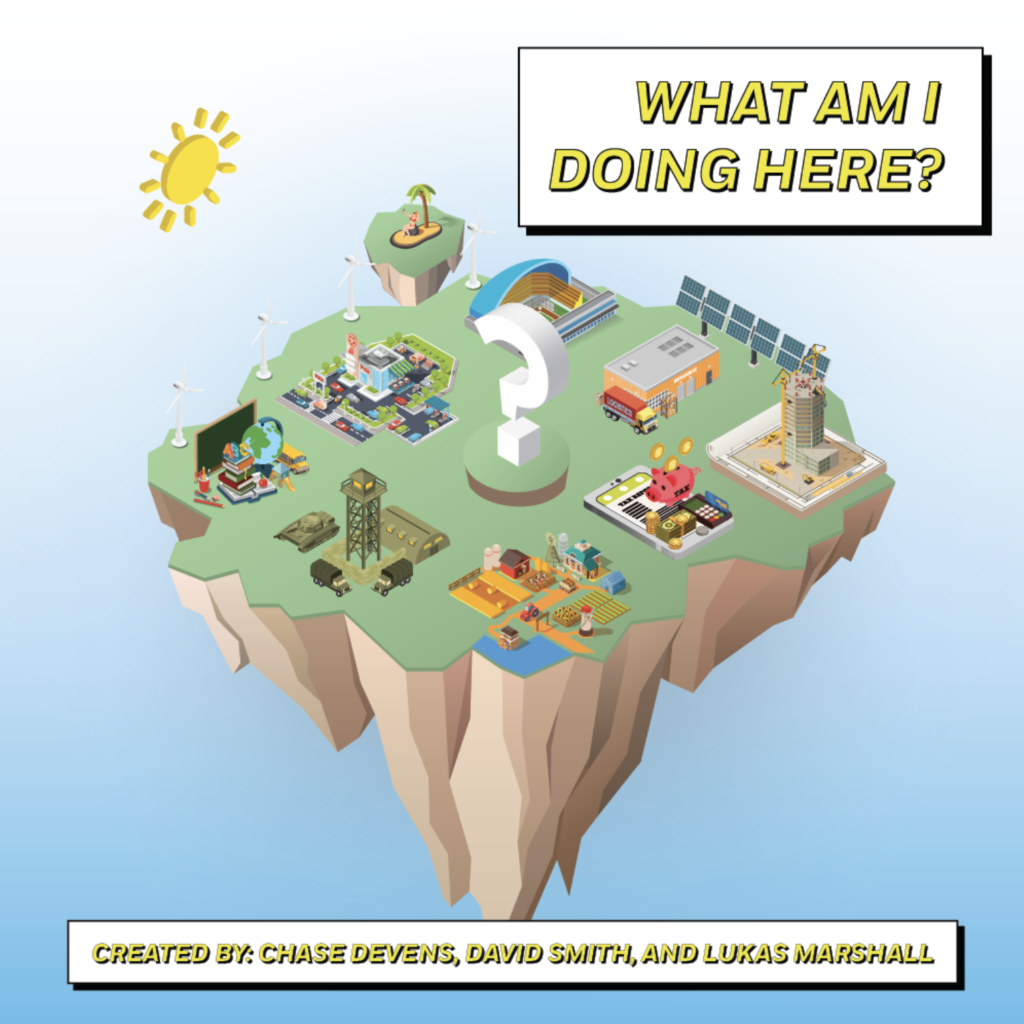Leading the Conversation (WAIDH #2)

Posted on August 17, 2020
So you just hit the record button after briefing your guest on best practices. What now?
To effectively lead your conversation, you need to identify the general tone of your podcast.
The way I see it, there are two extremes regarding the tone a podcast. On one extreme, you have the “NPR-style” podcasts – everything is scripted, people know exactly who is saying what at which point, and there is a lot of post-production editing. An example of this style is Hidden Brain, which is one of my favorite podcasts. There are no mistakes in this one; errors aren’t their thing.
At the other extreme, you have an entirely loose format – very little planning, next to no structure, and plenty of improvisation. This feels more like a conversation taking place at a kitchen table than anything else. An example of this style is Last Podcast on the Left. The hosts of this podcast interrupt and talk over each other all the time.
Neither of these tones is inherently better than the other; it’s all up to personal preference.
If you’re running an interview podcast, odds are you’ll end up somewhere in between these two extremes. This is the tone we aimed for in WAIDH. We planned some general questions or themes to bring up, researched the guest so we’d know what specific value and experiences they could provide, and then let the conversation flow rather naturally. If the conversation fizzled out, we could change the topic to something else (ideally with a smooth or clever transition, but those can’t happen all the time).
Once you’ve decided on the conversational style of your podcast, your prep work is laid out for you. If you’re aiming for a style closer to Hidden Brain, you’d need to draft up all of your questions beforehand and send a copy to your guest. For a looser style, come up with the topic you’d like to address or a single question to kick off the conversation.
Despite this level of preparation, things can get stressful after hitting record.
The best teacher of leading an interview is experience, so the best way to learn is to try. Below, I list the most helpful tips that I’ve learned from my experience.
- Listen to your guest! Don’t be so caught up in planning your next question that you stop hearing what they say. You brought them on to learn from them, not just to record what they have to say.
- Physically participate in the conversation. When you’re talking to someone in real life, this happens naturally. Use body language and spoken language to entirely engage your guest despite the recording equipment in between you.
- Jot down question ideas as you have them. You don’t need to write down the entire question, just a word or two that will remind you of what to say
Considering all of this, don’t forget that you’re creating the interview for your listeners. Take the conversation in valuable directions. Avoid asking questions that won’t add anything. It’s hard to hold back a question or comment that you’ve thought of in the moment, but conversations move on. Don’t derail the momentum of the conversation to go back and ask a half-relevant question.
These tips will help take the content of your interview to the next level. In my next post, I’ll talk about the recording equipment, hosting platform, and editing skills needed to produce a podcast.